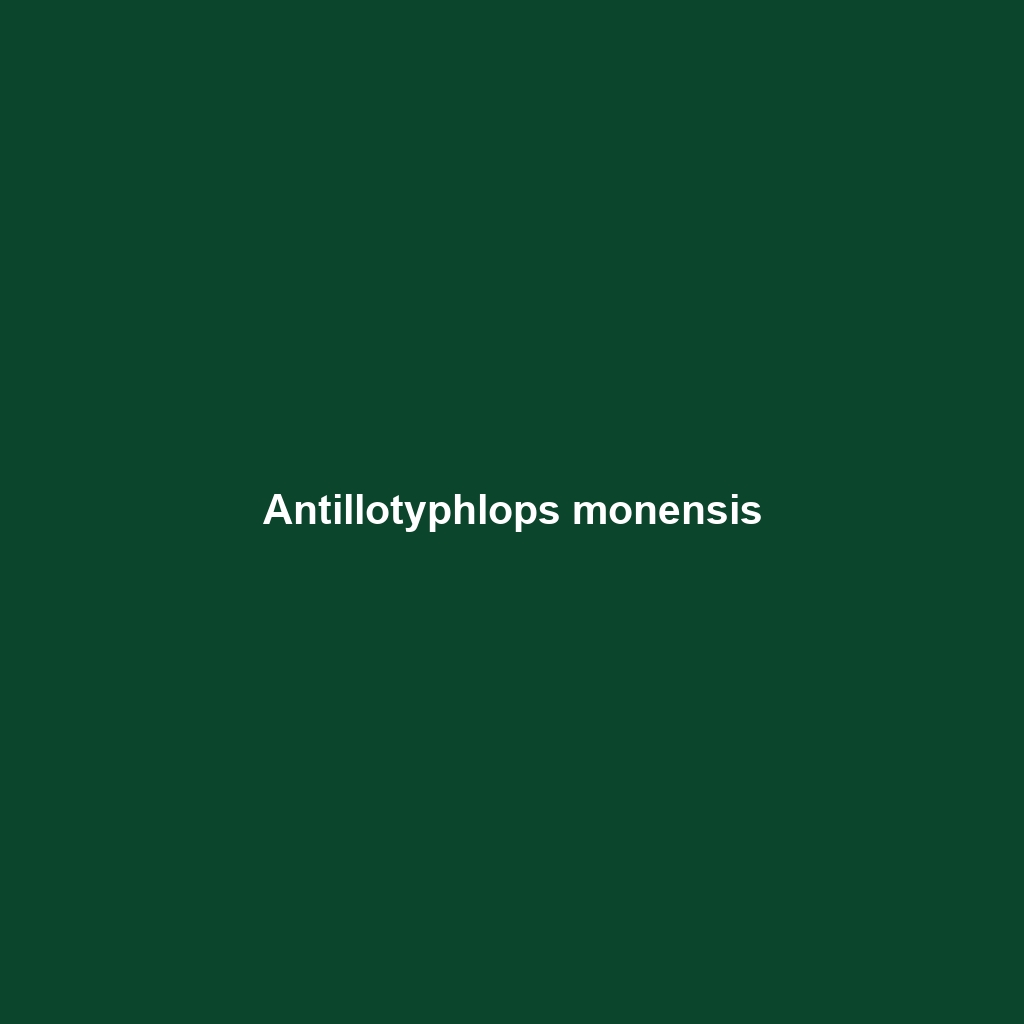
Tag: conservation status
-

Aparallactus jacksonii
Discover the Aparallactus jacksonii, or Jackson’s snake, an intriguing nocturnal species native to the savannas and grasslands of eastern and southern Africa. With its distinctive coloration, sleek body, and vital role in the ecosystem, this snake is both a fascinating predator and a key indicator of environmental health.
-

Apalone mutica
The Eastern Spiny Softshell Turtle (Apalone mutica) is a flattened, leathery-skinned turtle found in freshwater habitats across the central and eastern U.S., known for its spiny carapace edge and elongated snout. This species plays a vital role in the ecosystem by controlling invertebrate populations and thriving in sunny areas near rivers, lakes, and ponds.
-
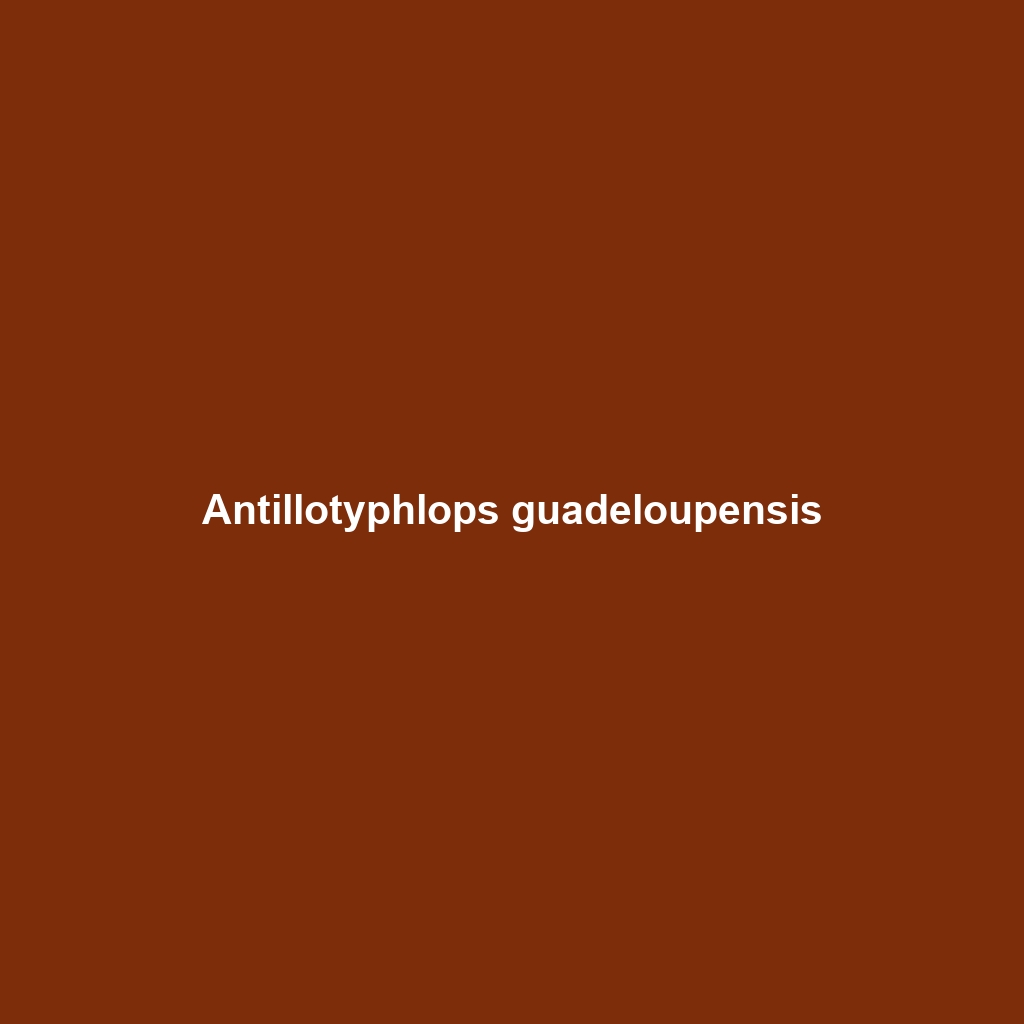
Antillotyphlops guadeloupensis
Antillotyphlops guadeloupensis, also known as the Guadeloupe blind snake, is a fossorial species native to the humid forests and grasslands of Guadeloupe. This nocturnal reptile, measuring 30 to 60 cm in length, plays a crucial role in soil aeration and pest control by feeding on soft-bodied invertebrates, while its vulnerable status highlights the need for…
-

Antillotyphlops hypomethes
Discover the Antillean blind snake (Antillotyphlops hypomethes), a small, fossorial species native to the Caribbean islands, known for its distinctive smooth, cylindrical body and secretive behavior. This Vulnerable species thrives in moist, forested environments, primarily feeding on soft-bodied invertebrates while aiding in soil aeration and nutrient cycling.
-

Antillotyphlops catapontus
Discover the Antiguan blind snake (Antillotyphlops catapontus), a small, fossorial species native to Antigua, known for its smooth, cylindrical body, tiny non-functional eyes, and a diet primarily consisting of ants and termites. This nocturnal serpent plays a crucial role in controlling insect populations and aerating the soil in its tropical habitat.
-
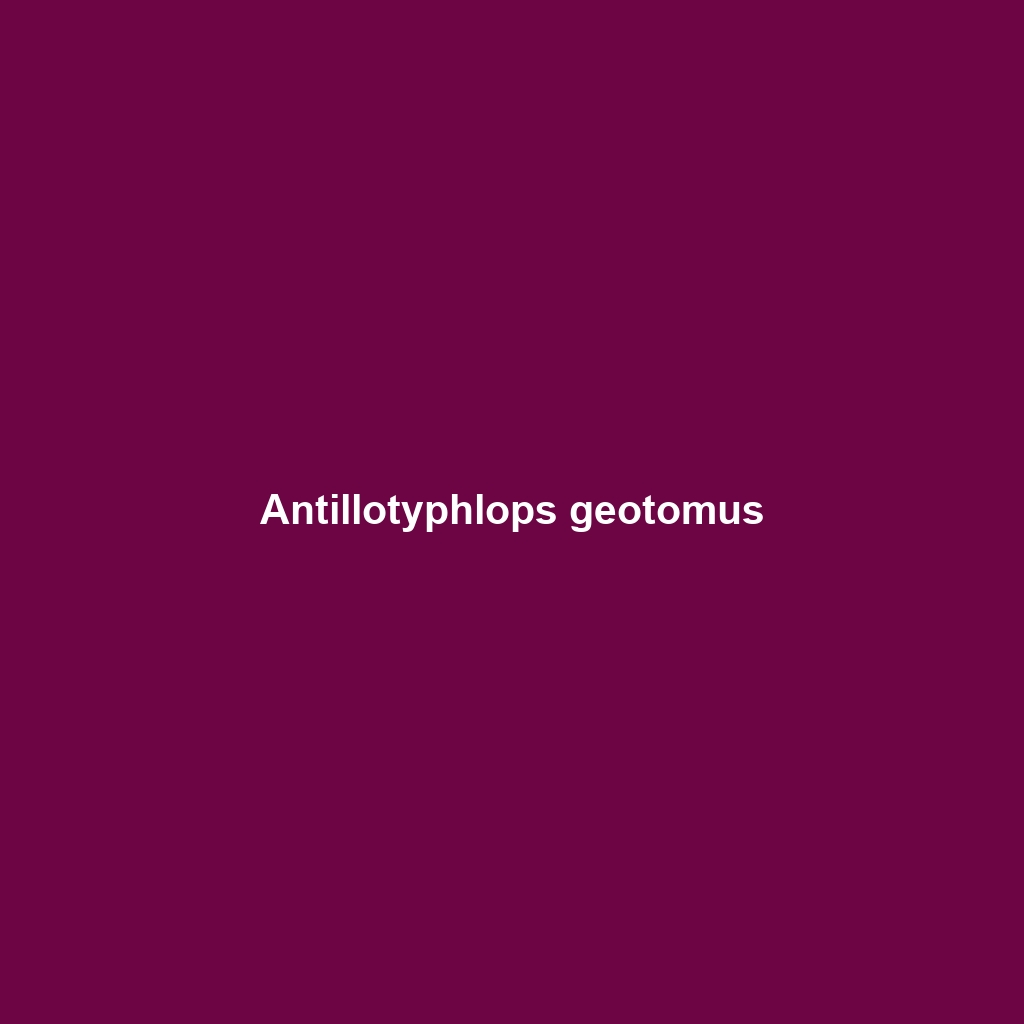
Antillotyphlops geotomus
Discover the Lesser Antillean Blind Snake (Antillotyphlops geotomus), a fascinating fossorial species native to the Caribbean’s tropical moist forests. Measuring 30 to 70 cm, this unique snake features a smooth, cylindrical body with reduced eyes, playing a vital role in controlling ant and termite populations while facing conservation challenges due to habitat destruction.
-
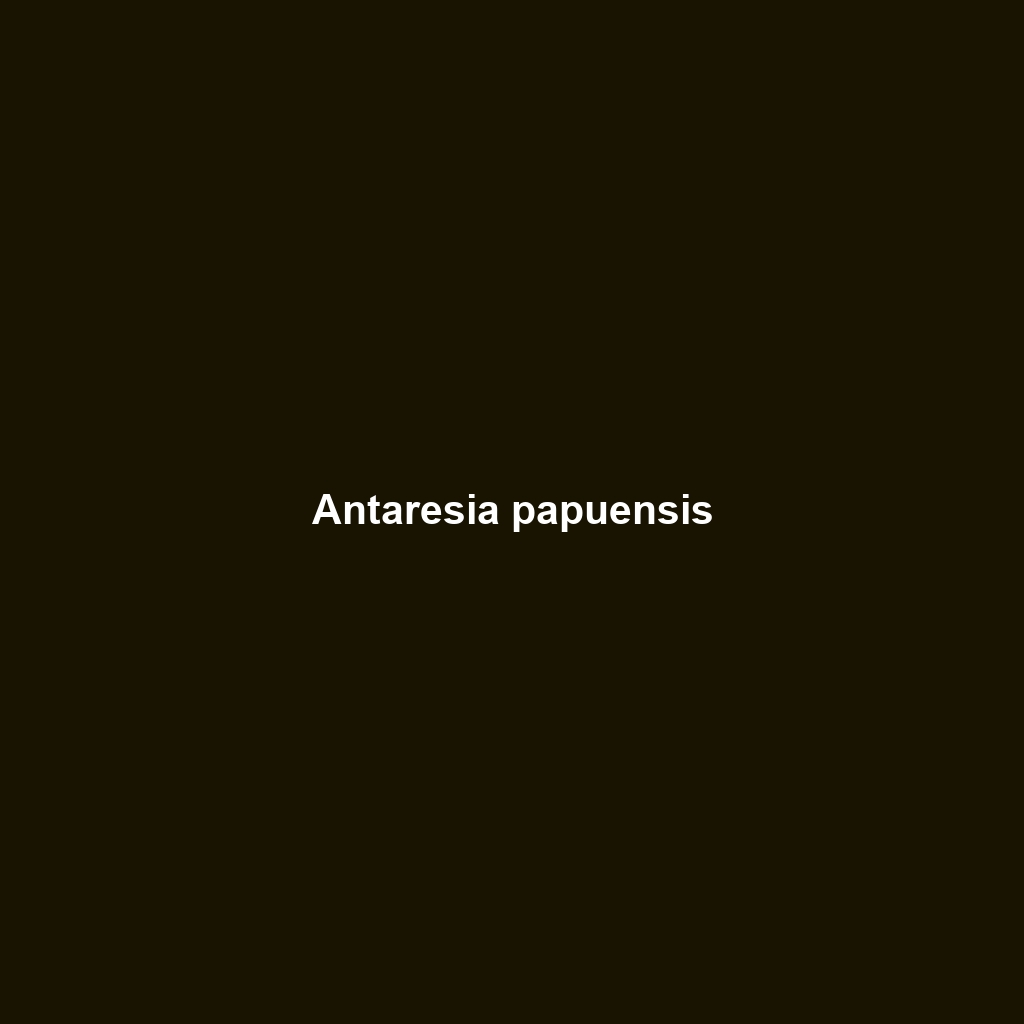
Antaresia papuensis
Discover the Antaresia papuensis, or Papua Python, a striking arboreal snake native to the tropical rainforests of New Guinea, known for its complex patterns and nocturnal hunting behavior. With a length of 1.5 to 2 meters, this constrictor primarily feeds on small mammals and birds, playing a vital role in maintaining ecological balance.
-
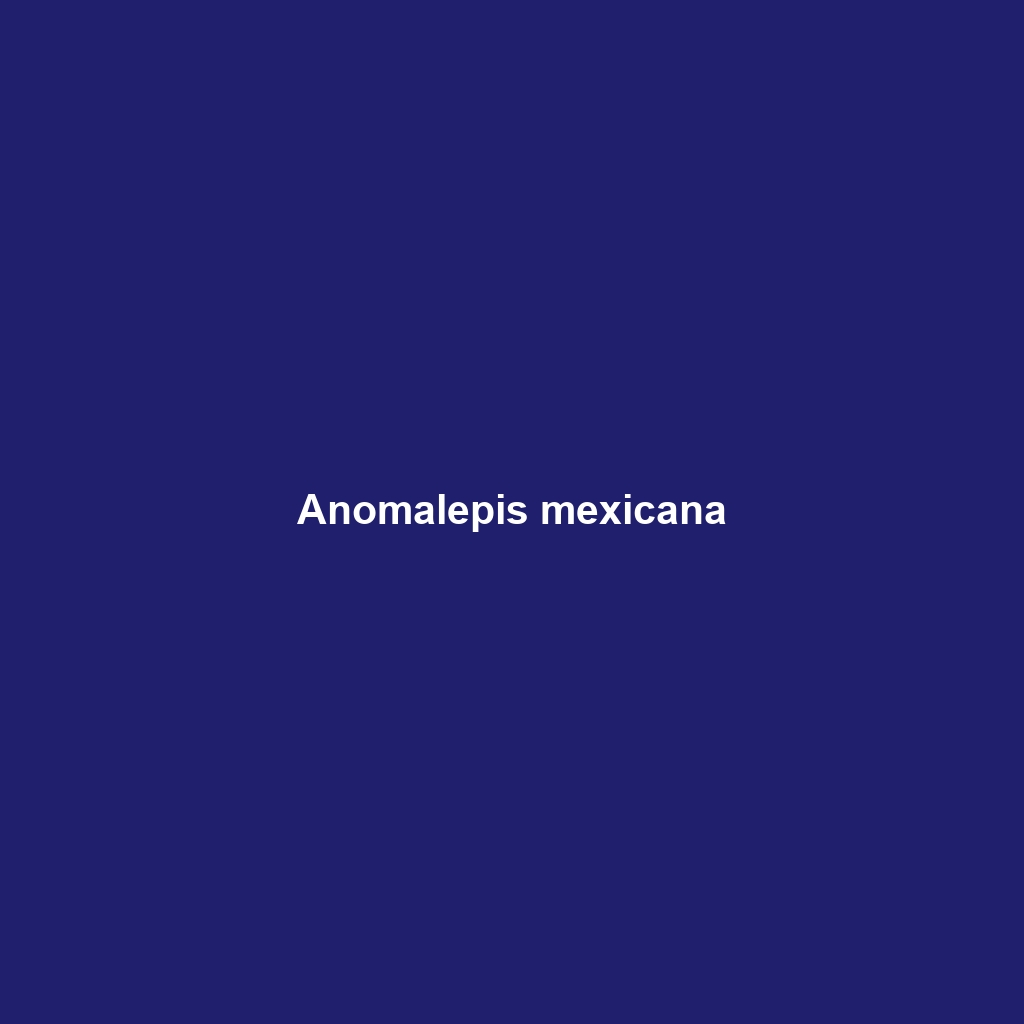
Anomalepis mexicana
Anomalepis mexicana, or the Mexican smooth earth snake, is a non-venomous species found in humid lowland forests of eastern and southern Mexico, characterized by its smooth, elongated body reaching lengths of 30 to 60 centimeters. Primarily crepuscular, it feeds on small invertebrates, plays a vital role in the ecosystem, and contributes to soil health while…
-

Anolis viridius
The Anolis viridius, or Green Anole, is a strikingly green lizard native to humid tropical regions of Central and northern South America, known for its arboreal lifestyle, territorial behaviors, and insectivorous diet. With a length of up to 15 cm, this species showcases vibrant coloration, particularly in males during mating displays, and plays an important…
Search
Popular Posts
-
Gerrhopilus oligolepis
Discover the Gerrhopilus oligolepis, a nocturnal insectivore native to tropical and subtropical regions, known for its slender body, distinctive dorsal spots, and remarkable camouflage. This species plays a crucial role in its ecosystem by regulating insect populations and serves as an important food source for larger predators.
-
Gerrhopilus mirus
Gerrhopilus mirus, or the remarkable snake, is a small, nocturnal insectivore primarily found in the tropical rainforests of Southeast Asia. With its distinctive brown and yellow coloration, this adaptable species plays a crucial role in controlling insect populations and maintains a vital ecological balance within its habitat.
-
Gerrhopilus mcdowelli
Common Name Gerrhopilus mcdowelli Scientific Name Gerrhopilus mcdowelli Habitat Gerrhopilus mcdowelli is primarily found in the lush, humid environments of tropical rainforests, particularly within the regions of Southeast Asia. These serpentine creatures thrive in dense foliage near streams and rivers, enjoying moist conditions that support their biological needs. Their habitat preference also extends to nearby…
Categories
Archives
Tags
animal adaptations (790) animal behavior (4790) animal reproduction (803) behavior (919) biodiversity (7114) conservation (1670) conservation efforts (1535) conservation status (4944) diet (2099) echolocation (822) ecological balance (1622) ecological role (1495) ecology (791) ecosystem (1468) ecosystem role (2695) ecosystem roles (695) endangered species (2423) environmental conservation (716) habitat (3249) habitat conservation (957) Habitat Destruction (1079) habitat loss (3048) insectivorous reptiles (740) IUCN Red List (1521) lizard reproduction (696) nocturnal animals (2708) nocturnal behavior (2315) nocturnal reptiles (681) physical characteristics (1998) reproduction (2858) reptile conservation (1001) rodent (677) rodent species (1325) seed dispersal (2078) Seed Disperser (962) small mammals (1164) snake diet (723) snake reproduction (773) South America (791) species description (714) tropical forests (938) Vulnerable Species (4534) wildlife (2507) wildlife conservation (4699) wildlife protection (881)

